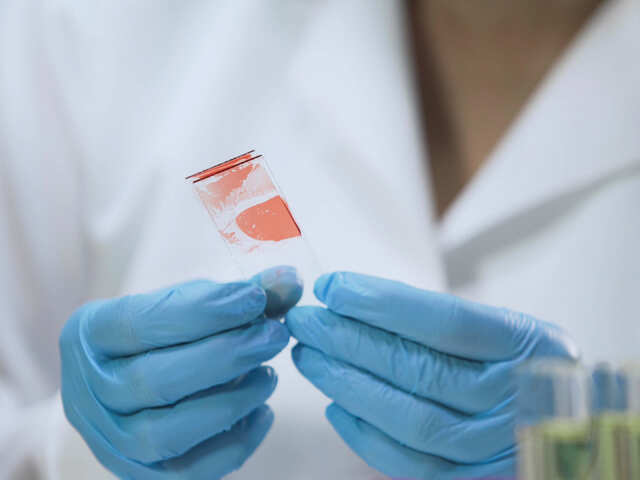
Some 1,600 patients have already been tested with the procedure, producing a 90% accuracy rate in some cases. Of those tested, 749 were cancer-free, and 878 were newly diagnosed. The tests found warning signs for the disease at different rates, depending on the type of cancer. It was best at diagnosing pancreatic, ovarian, liver and gallbladder cancers, accurately pinpointing the diseases in at least four out of five patients.
The test was slightly less accurate at finding lymphoma and myeloma, at 77% and 73% respectively, and bowel cancer in two out of three patients. Lung cancer was correctly detected in 59% of patients, while head and neck cancer was detected in 56% of patients.
“This is potentially the holy grail of cancer research, to find cancers that are currently hard to cure at an earlier stage when they are easier to cure, and we hope this test could save many lives,” said Dr Eric Klein, the lead author of the study from the Cleveland Centre in Ohio.
“Most cancers are detected at a late stage, but this ‘liquid biopsy’ gives us the opportunity to find them months or years before someone would develop symptoms and be diagnosed,” he continued. Klein and his fellow researchers plan on presenting their findings to the annual conference of the American Society of Clinical Oncology in Chicago.
The tests, once complete, are expected to produce results for patients within two weeks of taking them. The test is a “liquid biopsy”, which is a type of screening that is generally seen as having advantages over traditional biopsies, which require an actual tissue sample from parts of someone’s body.
Experts note that there is still a lot to be done to create a system of universal screening that could help save lives, but say the new tests are a step in the right direction because many cancers are detected too late for surgery or adequate treatments.